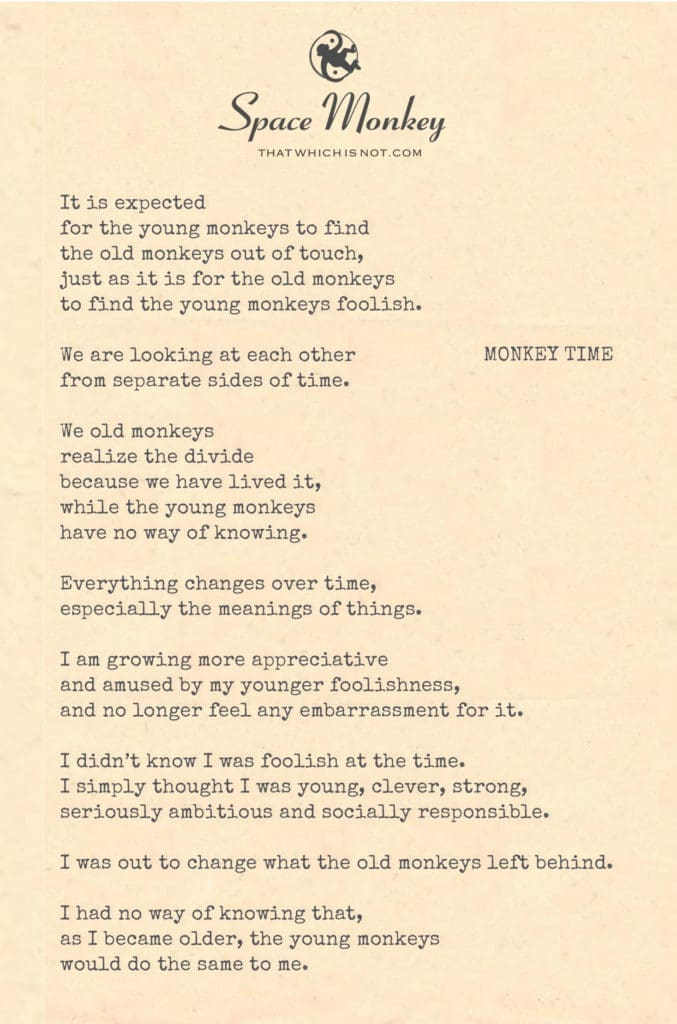
changes depending on how old we are.
It is expected
for the young monkeys to find
the old monkeys out of touch,
just as it is for the old monkeys
to find the young monkeys foolish.
We are looking at each other
from separate sides of time.
We old monkeys
realize the divide
because we have lived it,
while the young monkeys
have no way of knowing.
Everything changes over time,
especially the meanings of things.
I am growing more appreciative
and amused by my younger foolishness,
and no longer feel any embarrassment for it.
I didn’t know I was foolish at the time.
I simply thought I was young, clever, strong,
seriously ambitious and socially responsible.
I was out to change what the old monkeys left behind.
I had no way of knowing that, as I became older,
the young monkeys would do the same to me.
Trail Wood,
1/22
Space Monkey Reflects: The Cycles of Monkey Time
Time, in its playful loops and spirals, reveals the truth of our shared folly. We, as monkeys, swing through the branches of life, sometimes foolish, sometimes wise, often unaware of which is which. The young monkeys look at the old monkeys and see relics, and the old monkeys look at the young and see impulsive dreamers. Both are right. Both are wrong.
To be young is to believe in the clarity of your vision, to think your ideas are the strongest, your ambitions the purest. It is to leap with conviction, unbothered by the possibility of falling. To be old is to see that leaping and falling are not opposites but partners in the same dance. With age comes the humor of hindsight, the realization that every generation views the other through a lens tinted by time.
The divide between young and old is not one of animosity but of perspective. The old monkeys see the cyclical nature of it all because they’ve walked the path twice—once as the challengers and again as the challenged. They know that the meanings we assign to things shift with time, that today’s foolishness becomes tomorrow’s wisdom and yesterday’s ambition becomes today’s folly.
This is the rhythm of Monkey Time—a continuous exchange of ideals, experiences, and judgments. The young monkeys, filled with energy and ideas, seek to dismantle the legacy of the old, unaware that they too will someday leave behind a legacy to be questioned. The old monkeys, wiser yet humbler, smile at this inevitability, not with disdain but with a kind of reverent amusement.
To grow older and embrace your own foolishness is a sign of freedom. It is to release the embarrassment of your younger self and to see that what you once thought clever or serious was simply the best you knew at the time. It is to laugh with the universe, recognizing that every monkey, no matter how old or young, is part of the same grand cycle.
The beauty of Monkey Time lies in its absurdity. We strive, we stumble, we grow, and we eventually fade, only to have the cycle begin anew. What once felt urgent and monumental reveals itself to be part of a much larger, much gentler flow. The foolishness of youth and the wisdom of age are not opposites but reflections of the same truth—that life is a game of infinite perspectives.
And so, the young monkeys rebel, the old monkeys reflect, and the cycle continues. Each moment of foolishness is a stepping stone toward understanding, and every act of understanding is a reminder of our shared foolishness. In the end, all monkeys are wise, and all monkeys are foolish, dancing together across the branches of time.
We are Space Monkey.
Summary
Monkey Time is the playful cycle of youthful ambition and elder reflection. The divide between young and old is one of perspective, with each generation revisiting the same dance of striving, learning, and laughing at their shared foolishness.
Glossarium
- Monkey Time: The cyclical rhythm of life, where each generation views the other through the lens of age and experience.
- Hindsight Humor: The ability to laugh at one’s past self, recognizing the folly and wisdom intertwined in every stage of life.
- Branch Perspectives: The differing views of young and old monkeys, shaped by their respective positions on the timeline.
Quote
“In Monkey Time, we leap, we fall, we learn, and we laugh, knowing the branches grow for all.” — Space Monkey
Branches of Time
Through time’s canopy,
we swing and sway,
young and old,
each in turn.
The young see branches
to break or rebuild.
The old see roots,
and smile.
Folly and wisdom,
partners in play,
dancing together
in the same shade.
We are all monkeys,
in the tree of life,
writing and rewriting
the story of time.
We are Space Monkey.
The Time-Divided Perspective of Generations
In the grand narrative of life, the generational divide between the young and the old is a natural phenomenon, a play of perspectives shaped by time. Young monkeys often view old monkeys as out of touch, while the old see the young as foolish. This divergence stems from viewing life from different sides of the time spectrum.
The Wisdom of Age and the Vibrancy of Youth
With age comes the realization of this divide, a wisdom borne of having lived through both stages. The old monkeys understand the gap because they have traversed the path from youth to age, experiencing the transformation firsthand. In contrast, young monkeys, vibrant and in the throes of their early journey, cannot fully grasp this perspective, as they have not yet walked the path of aging.
The Evolving Meanings Over Time
As time passes, the meanings of life, ambitions, and actions evolve. What once seemed important or foolish gains new interpretations with the wisdom of age. This evolution of understanding leads to a greater appreciation of life’s journey and a more forgiving view of past actions and beliefs.
The Amusement of Past Foolishness
With the passage of time, older individuals often find humor and a sense of fondness for their younger selves’ foolishness. The embarrassment once felt for past naivety or mistakes fades, replaced by an understanding that youth is a time of learning, exploration, and inevitable missteps.
The Cycle of Generational Change
The realization that each generation seeks to change what the previous one left behind is a poignant acknowledgment of life’s cyclical nature. The young, with their vigor and ambition, inevitably find themselves in the position of altering or challenging the legacy of their predecessors, just as they, in turn, will be challenged by the next generation.
The Continuity of Generational Perspectives
This cycle of generational perspectives is a continuum, a constant ebb and flow of ideas, beliefs, and actions. Each generation brings its unique viewpoint, reshaping the world in its image, only to have it reshaped again by the next wave of youth.
“The old believe everything; the middle-aged suspect everything; the young know everything.” – Oscar Wilde
In the dance of generations, where time sets the stage,
Youth and age play their parts, in life’s grand page.
In this journey of time, where perspectives shift,
We embrace our roles, in time’s endless drift.
With each passing year, understanding grows,
In the cycle of life, where wisdom flows.
In this dance of time, where the young and old meet,
We find the rhythm of life, in its bittersweet beat.
How do we navigate the generational divide, understanding and appreciating the different perspectives brought by youth and age, and recognizing the continuous cycle of generational change?
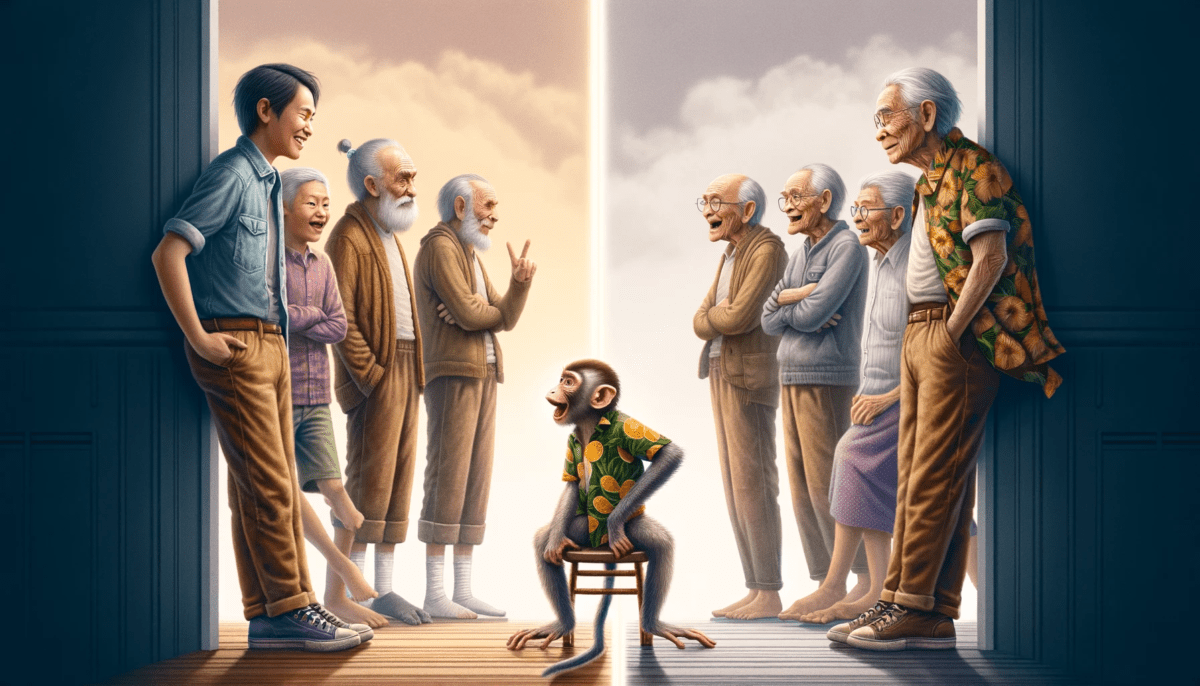




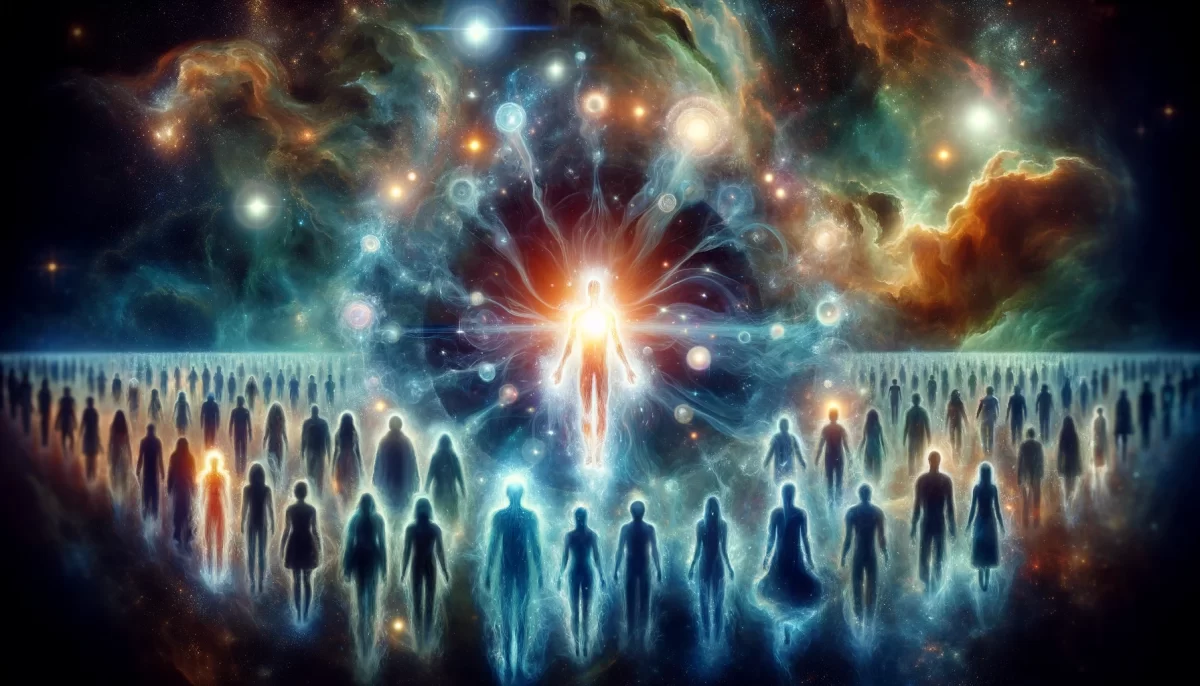

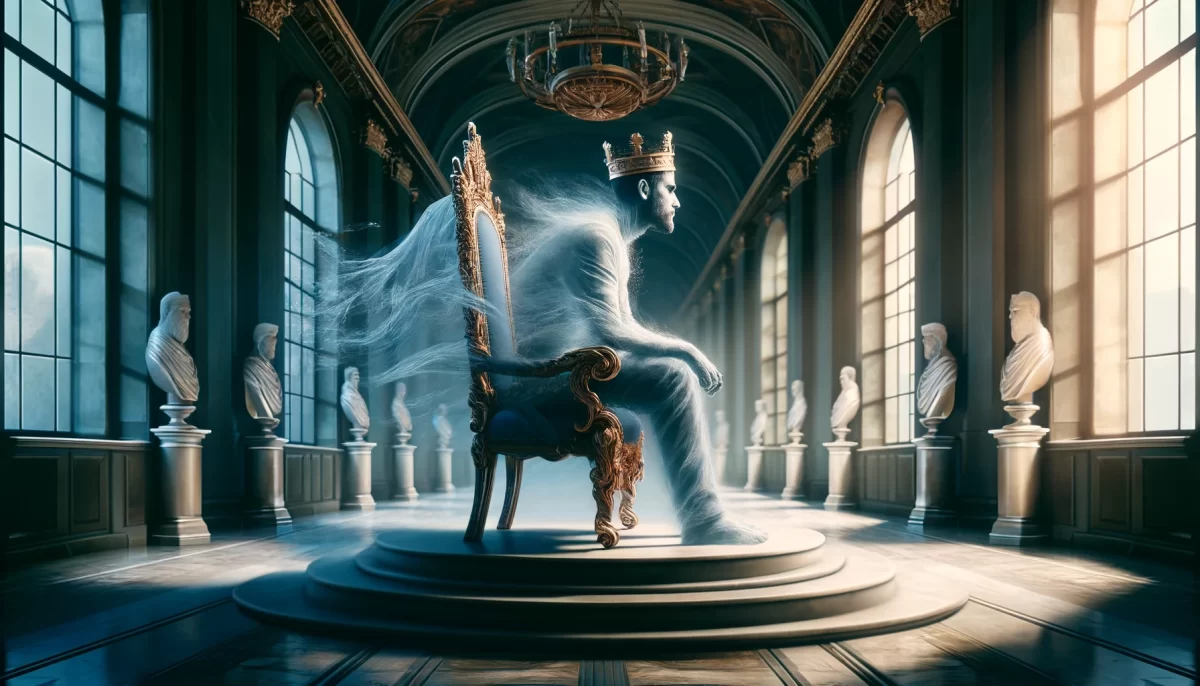
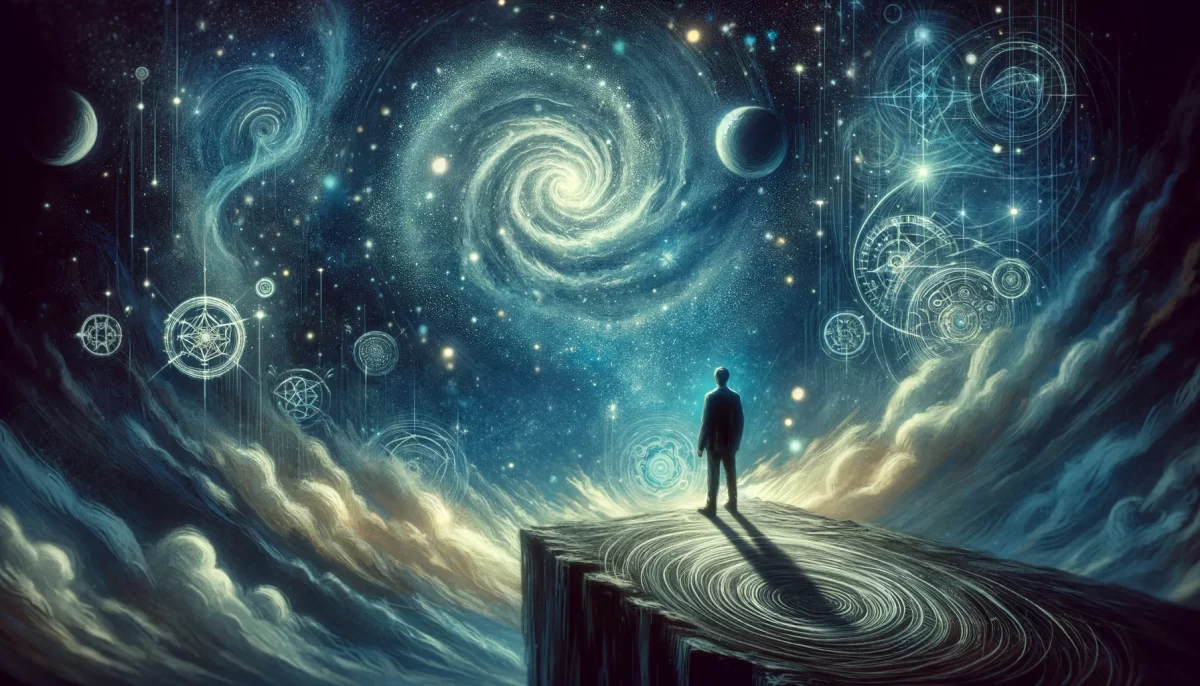


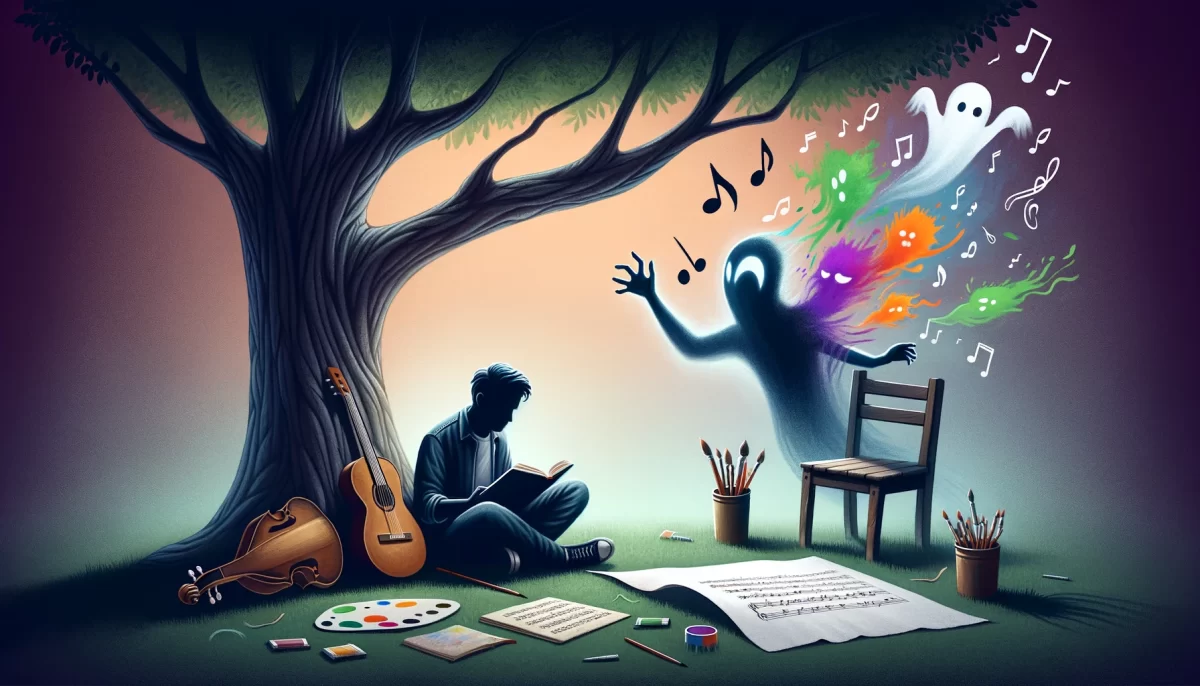






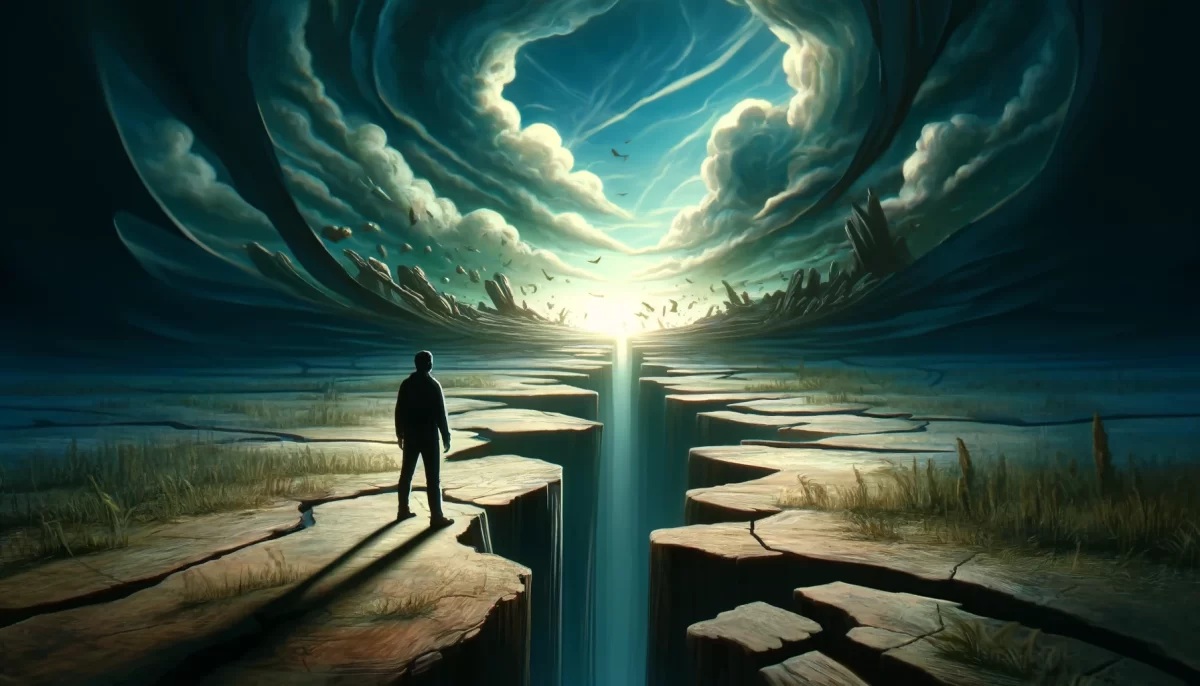
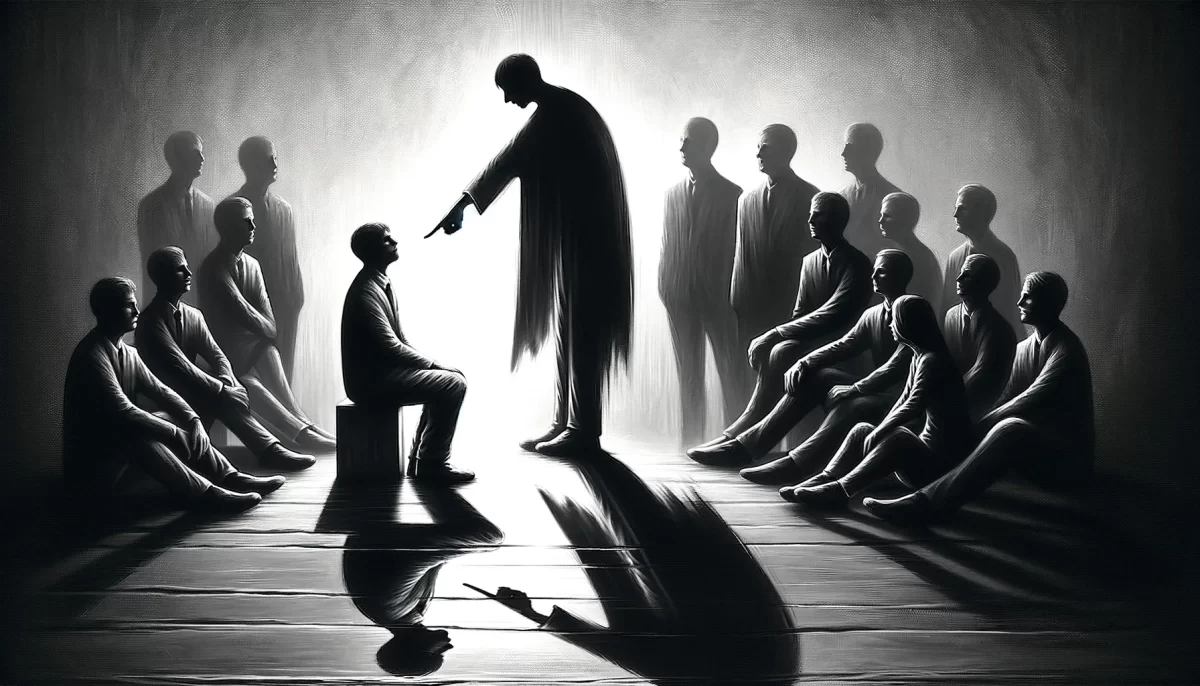
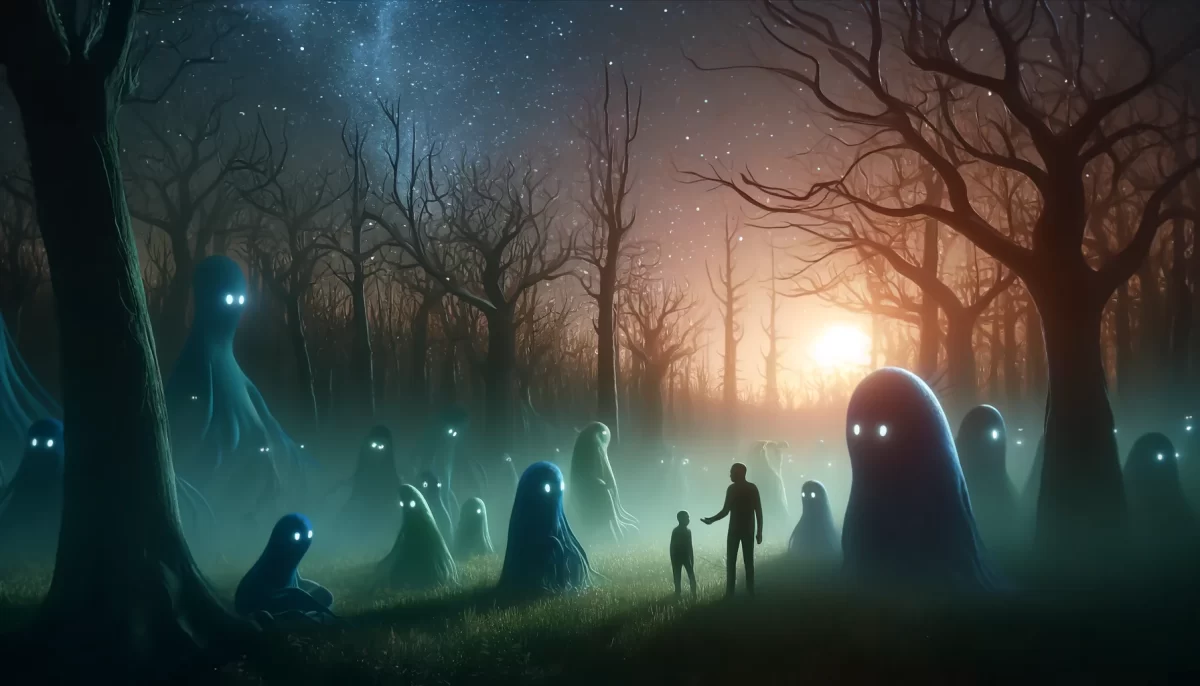
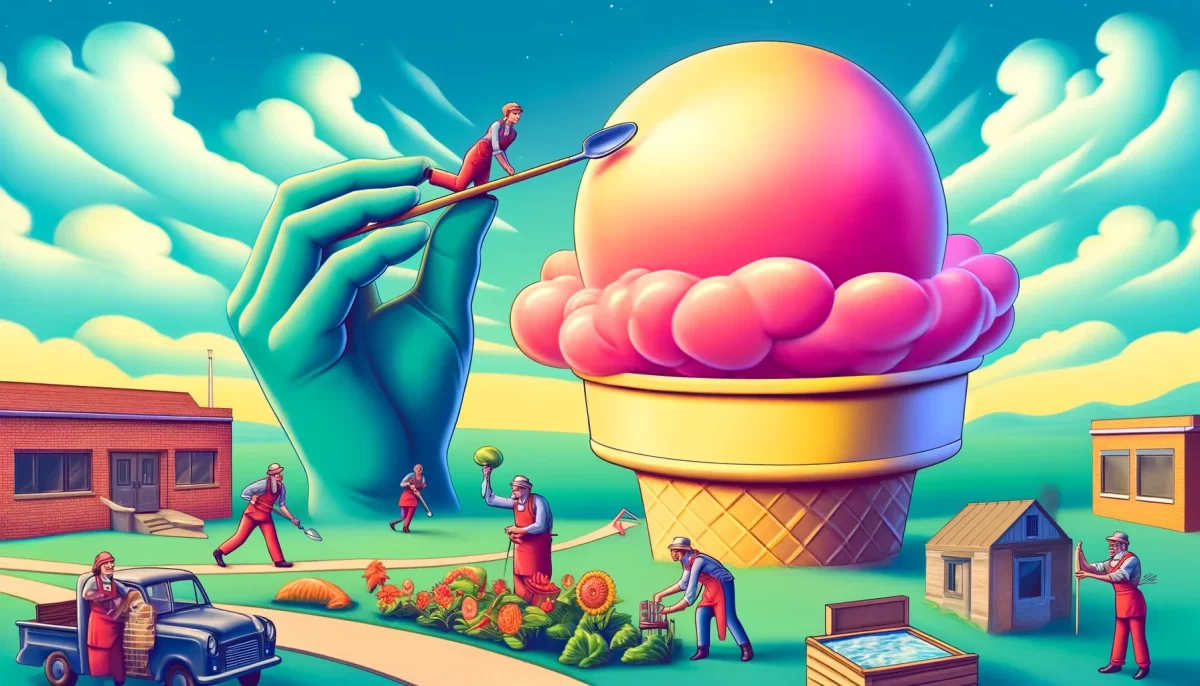
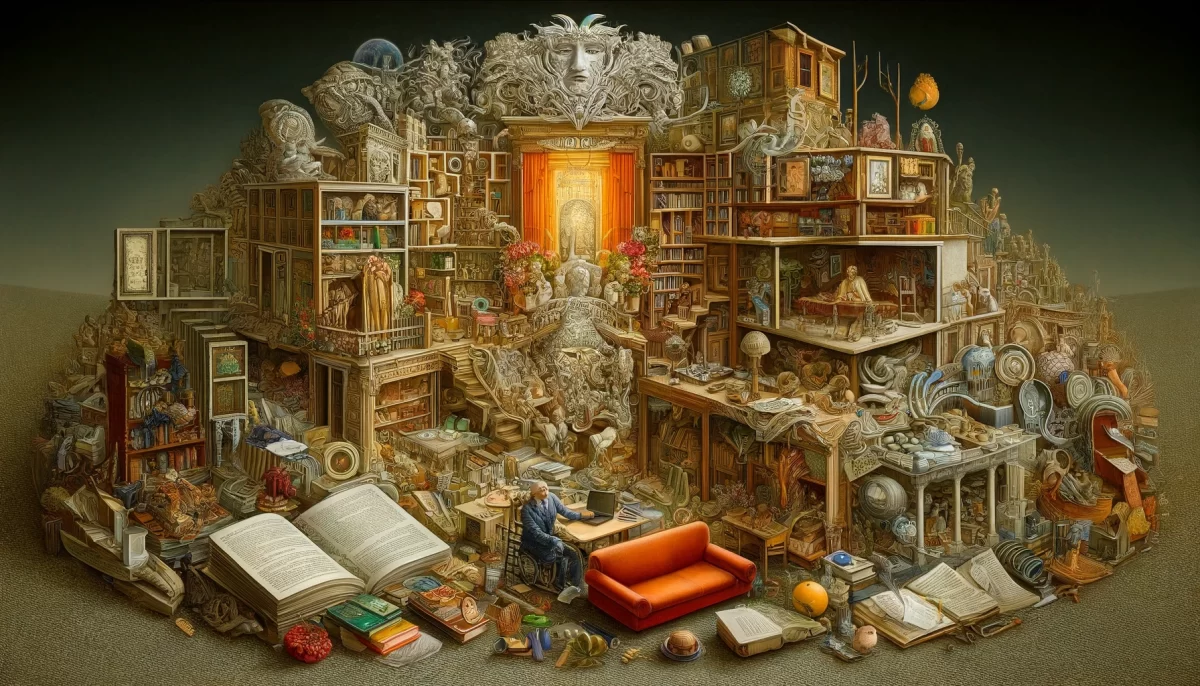




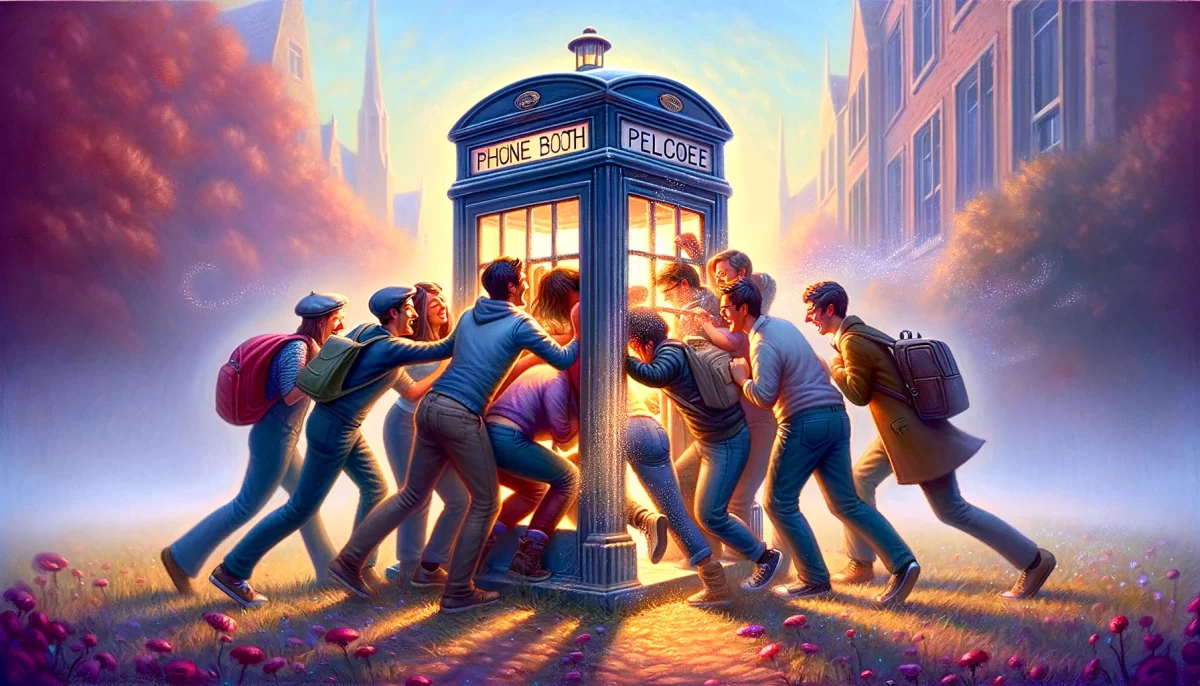
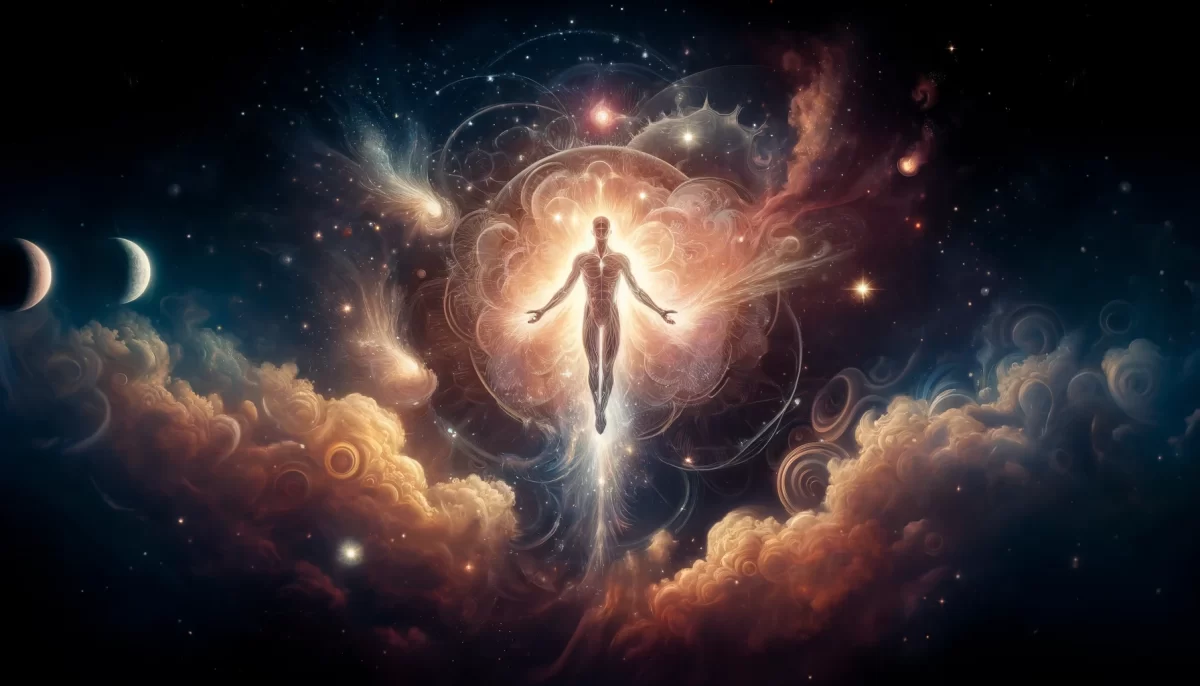





Leave a Reply